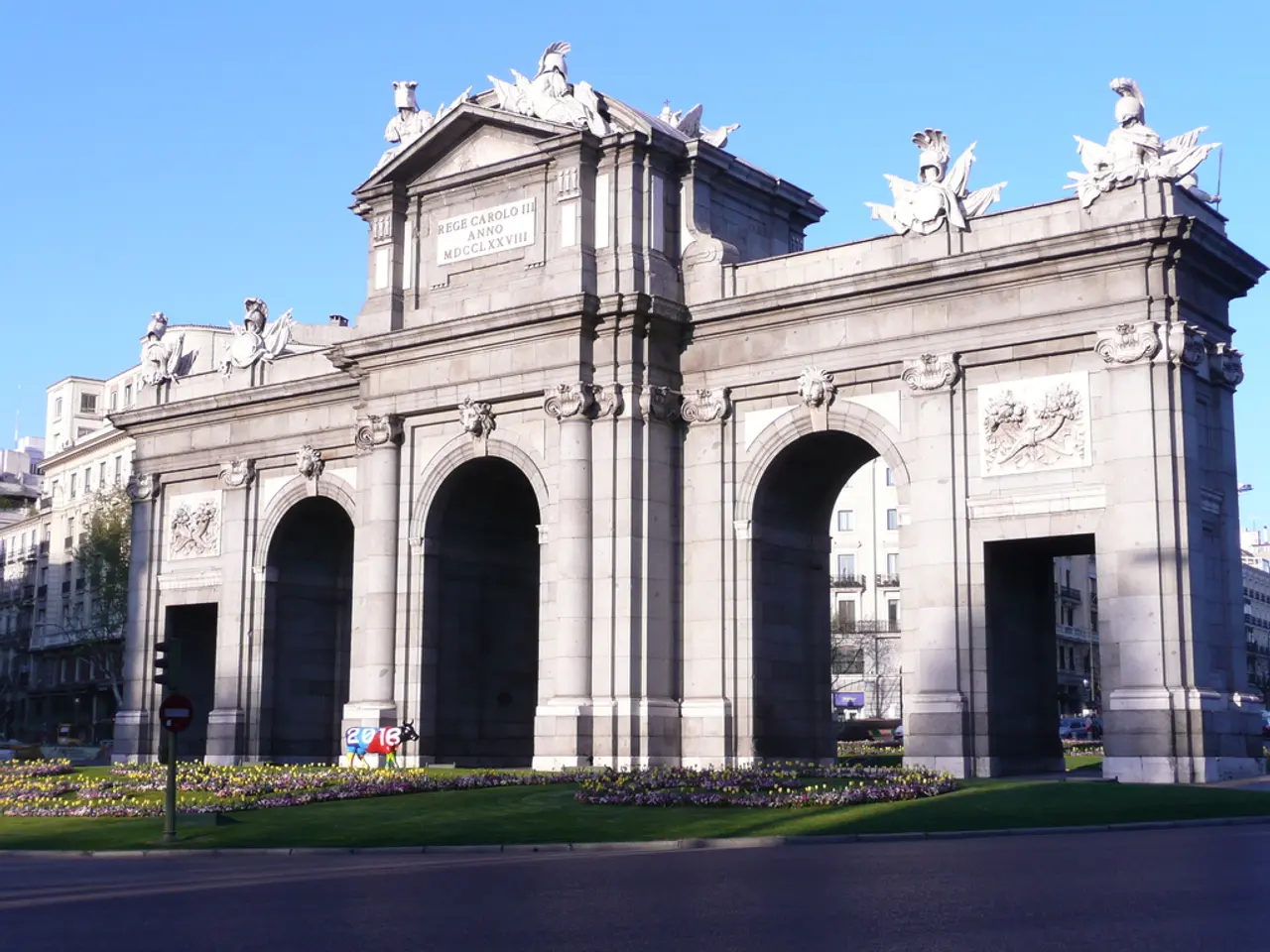India's administrative reform concertedly advances with the commencement of Kartavya Bhavan
Kartavya Bhavan-03: A Milestone in India's Modern Governance
The inauguration of Kartavya Bhavan-03 marks a significant stride in India's administrative modernization and consolidated governance. This state-of-the-art building, the first under the Common Central Secretariat (CCS) initiative, is part of the Central Vista redevelopment project aimed at unifying over 50 scattered central ministry offices under a modern, green, and smart infrastructure [1][2][3][4].
The building, inaugurated by Prime Minister Narendra Modi, is not just a symbol of India's administrative dreams but also a tangible embodiment of its commitment to reform and modernize its bureaucratic mindset [3][4].
Centralization of Ministries
Kartavya Bhavan-03 houses six major ministries, including Home Affairs, External Affairs, Rural Development, Petroleum & Natural Gas, MSME, Department of Personnel and Training (DoPT), and the Principal Scientific Adviser's office. This centralization reduces administrative sprawl and enables faster decision-making and greater coordination among government departments [1][2][3].
Modern Green Infrastructure
The building exemplifies sustainability with features like rooftop solar panels generating approximately 5.34 lakh units annually, rainwater harvesting, zero-discharge waste processing, and energy-efficient HVAC systems. These features aim for a GRIHA-4 green rating and reduce energy use by about 30% [2].
Smart Building Technologies
Kartavya Bhavan-03 is equipped with smart technologies such as sensor-controlled lighting, CCTV systems, smart ID-based access, digital workspaces, and a centralized command center for efficient building management. These technologies support enhanced security and productivity [2].
Cost Efficiency
By consolidating offices into fewer, more efficient buildings, the government expects to save around ₹1,500 crore annually in rent and maintenance costs once all ten CCS buildings are operational [2].
Symbolic and Functional Milestone
PM Modi described Kartavya Bhavan as "both the beginning and the destiny" for a developed India. It embodies a shift toward citizen-centric, agile governance in a state-of-the-art administrative ecosystem [1][3][4].
Looking Ahead
Construction on CCS-6 and CCS-7 is targeted for completion by October 2026. By 2027, all ten buildings in the CCS cluster are expected to be operational. This infrastructural overhaul also includes the Parliament, the PMO, and the Executive Enclave. Over the next few years, the government plans to digitally connect regional offices with the central administrative ecosystem [1][2][3][4].
In conclusion, Kartavya Bhavan-03 inaugurates a major step in India's efforts to modernize governance structures by combining sustainability, digital infrastructure, cost savings, and centralized administrative functions. Together, these initiatives aim to streamline governance processes and improve service delivery to citizens [1][2][3][4].
On sunny days, employees in Kartavya Bhavan-03 can enjoy the benefits of the building's rooftop solar panels, contributing to a greener and more sustainable working environment. After a game of cricket or volleyball in the central courtyard, they might discuss the latest developments in sports news while savoring a quick lunch in the cafeteria, further promoting a sense of camaraderie and collaboration.








